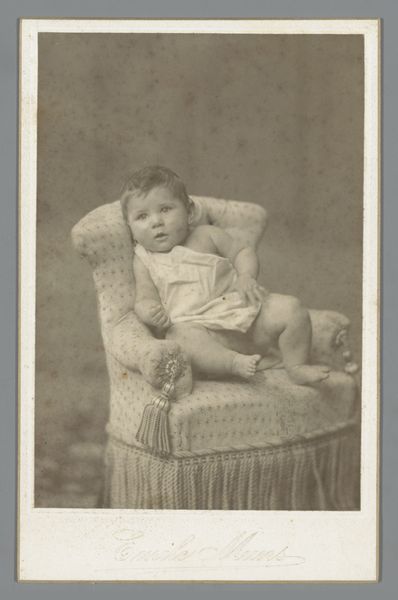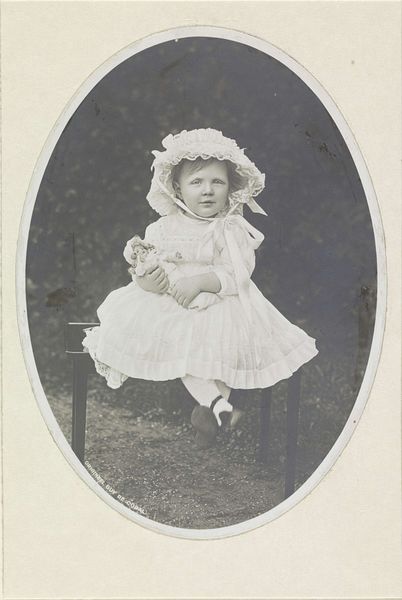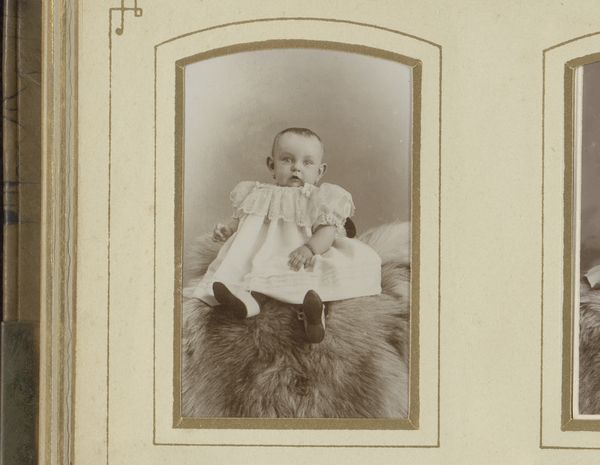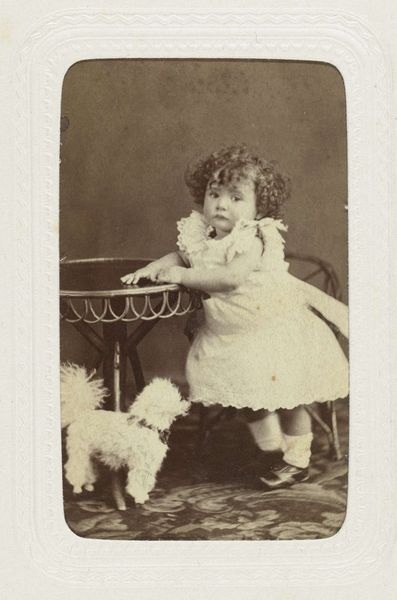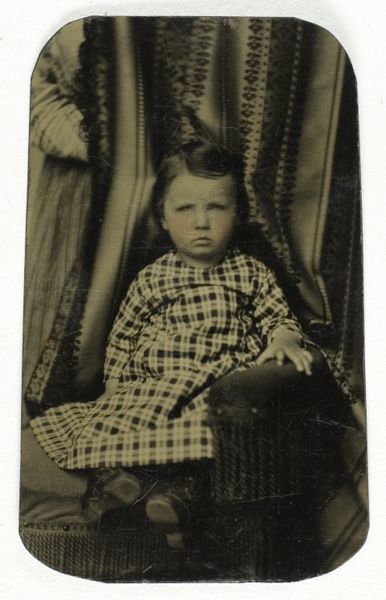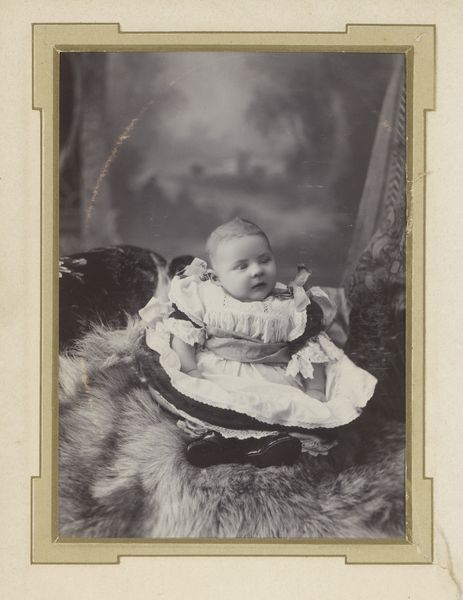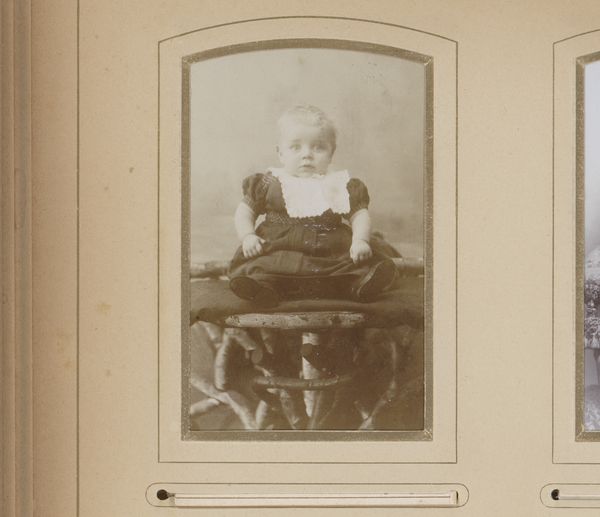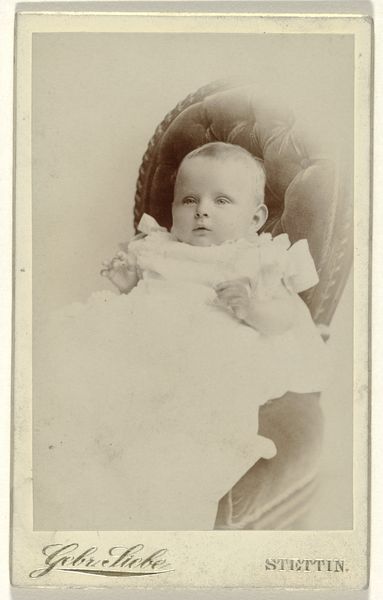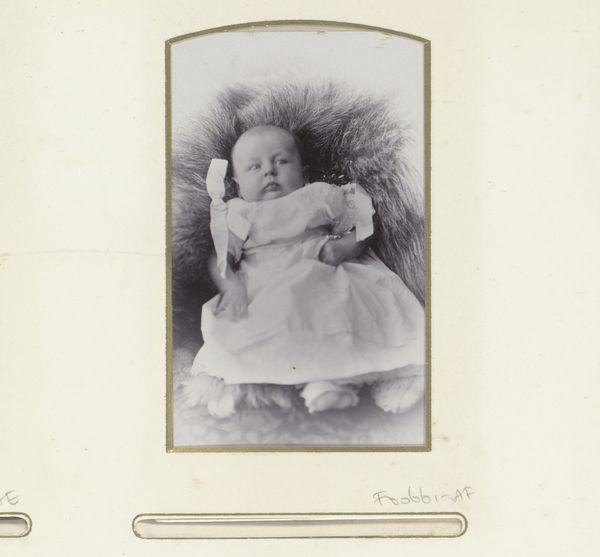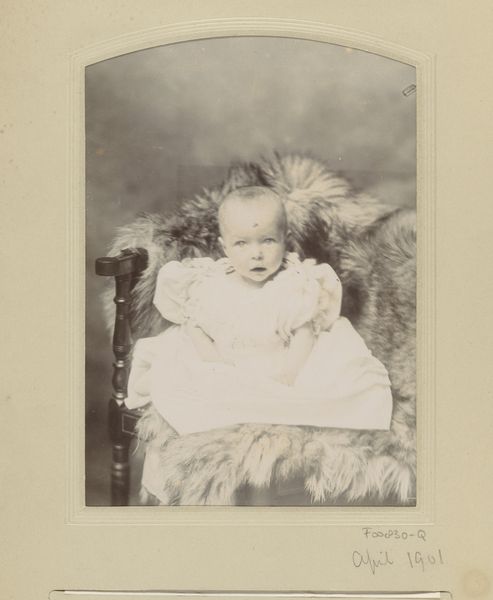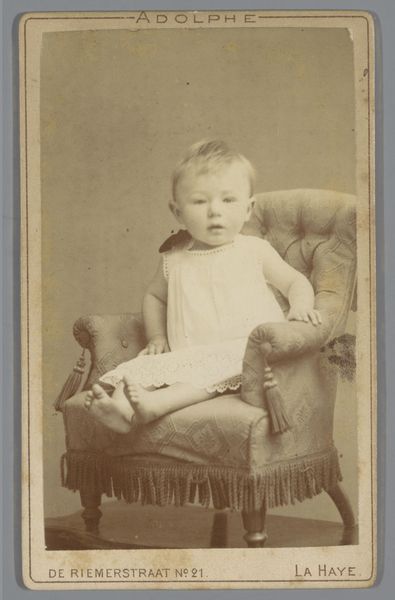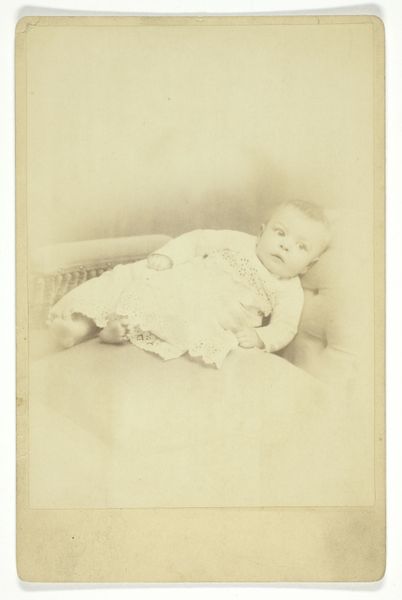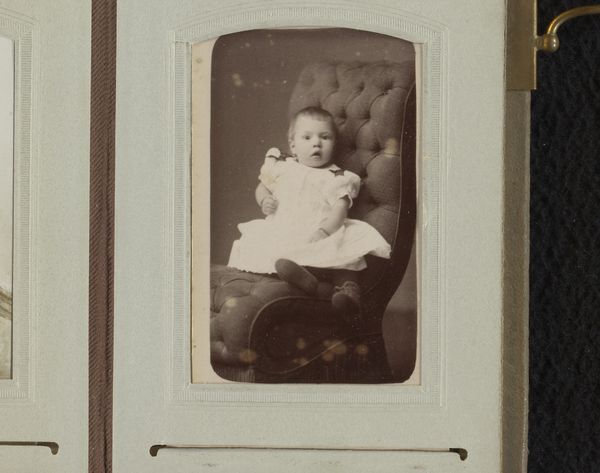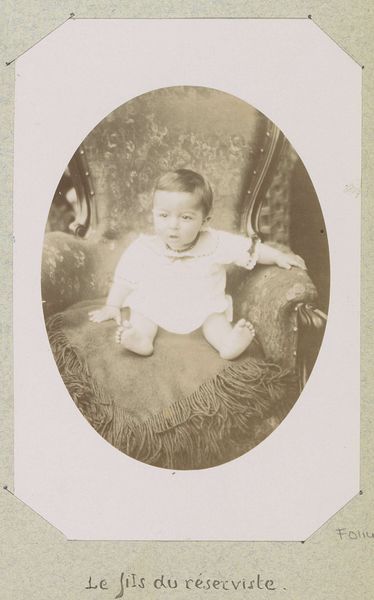
photography, glass
#
portrait
#
16_19th-century
#
black and white photography
#
pictorialism
#
photography
#
glass
#
monochrome photography
#
monochrome
Dimensions: 3 1/4 × 4 in.
Copyright: Public Domain
Curator: This beguiling photograph is by Alfred Stieglitz, titled “Untitled (Howard Schubart in Carriage),” and dates to 1893. It's a photogravure, meaning it was printed from an etched copper plate, creating that lovely tonal range. Editor: Well, my first impression is… dreamy. Like an old daguerreotype that's faded just enough to make the past feel truly distant, almost unreal. The monochrome tones only add to the wistful feeling. Curator: Absolutely. Stieglitz was a key figure in the Pictorialist movement, which sought to elevate photography to the status of fine art, similar to painting. Editor: You can really see that aspiration in the soft focus. The details are present, of course, but slightly softened, almost as if through a veil of memory. It isn't about sharp realism. Curator: Right, it evokes emotion rather than merely records an image. He would manipulate the prints to give them an artistic, painterly feel. This image of a child could represent the timelessness and purity associated with infancy. Editor: There's a vulnerability here too, perhaps in the gentle gaze and soft focus. It’s a very romantic idea of childhood—which could clash with more modern sensibilities about idealizing the past. Does the carriage signify a protected status? An upbringing within means? Curator: It could. Symbolically, a carriage or wheeled vehicle may stand for a journey, or life’s passage, though in this case, with an infant as passenger, the implications would have resonated powerfully among contemporary viewers. Editor: Yes! The subject looks comfortable and at peace within this "vessel". Also, can we discuss those adorable, buttoned boots? Tiny details carry so much character. It adds to the whole "dear departed past" sentiment. Curator: Precisely. I see here both portraiture and allegory in equal measure. A fascinating meditation on time, innocence, and the selective, perhaps even invented, memory that shapes us all. Editor: So true. In this quick glimpse into an instant, captured from over a century ago, Stieglitz evokes so many different feelings at once, using something so familiar and yet somehow totally unattainable. It almost feels wrong to break away from the scene.
Comments
No comments
Be the first to comment and join the conversation on the ultimate creative platform.
